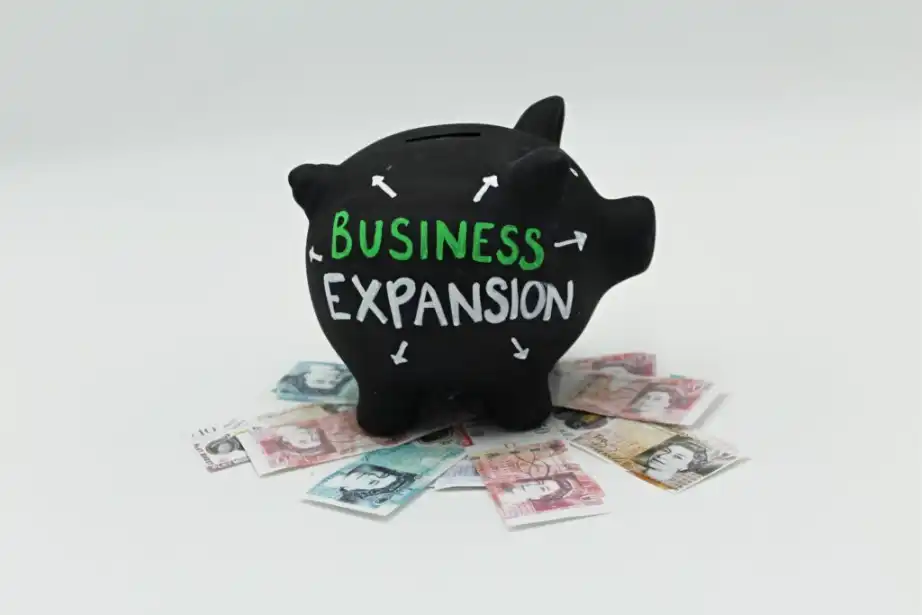PSD2 involves a number of innovations that have a significant impact on technology companies, banks, and customers.
The European directive creates many possibilities for creating new businesses. This also applies to smaller players who want to grab at least a slice of the Payment Services Directive 2 cake.
It opens the way for companies that create user identification solutions.
Fintech companies gain the most in this race, as much as 35%, according to research conducted in 2017 by a global strategy and operations consulting firm, McKinsey & Company.
After fintech, small and medium-sized banks (30%) and big commercial ones (25%) will be in the most advantageous situation, and then owners of digital ecosystems (20%), IT subcontractors (20%), and telecommunications companies (5%).
The concept of a digital ecosystem might be confusing to some. A digital ecosystem is a place where the customer will handle all matters related to a specific need, such as buying an apartment.
In the near future, people will be able to find their dream house, interior designer, and furniture and get advice regarding a mortgage with one application.
PSD2, VR, and super banks
PSD2 opens new possibilities for creating digital products, and a super bank is an example of this. The super bank is a website that combines services from different banks and gives users insight into analyses of their finances.
Such a place can also be an aggregate for products and services of many financial institutions.
It's worth realizing that regular banks are becoming "virtual" banks. Deutsche Bank some time ago informed that it planned to let go of 20 thousand employees all over the world while up to 950 people were scheduled to be terminated by October 31, 2019, according to Bank Pekao S.A.'s plans.
Naturally, this involves closing more branches, which makes it easier to compete with regular banks — it's not necessary anymore to open facilities, which would cost a fortune to maintain.
Today it's easy to imagine a customer who, instead of going to the bank, will visit a virtual room thanks to special goggles where they will deal with all of their affairs. However, the VR (Virtual Reality) technology itself is a big question mark.
It's relatively unpopular, but increasingly interesting and advanced applications give hope that investing in it makes sense. Before VR gains popularity, however, the role of ATMs will change as they will become mini banks in the face of disappearing branches.
Millennium Bank was one of the first to use Augmented Reality (AR) technology in December 2015, through which it advertised high-interest savings deposits. The French bank BNP Paribas came up with an even more interesting idea. In 2017 the institution launched a VR banking app on the market, which allowed users to buy an apartment and see it in 3D and 360 degrees.
Remember, however, that the intended use of VR and AR is customer interaction.
Numerous innovations will mark the future in which PSD2 will set new trends.
Accounts supporting many currencies with safeguards based on advanced AR mechanisms? Here you go.

PSD2 is an opportunity for all
Although PSD2 curbs the monopoly of banking institutions, the directive makes people's data more accessible. This means that businesses can introduce new solutions to monitor and manage risk elements.
Despite that, PSD2 is a chance for everybody. Smaller banks can focus on implementing new solutions for payment and finance management. In turn, more prominent players have an opportunity to build their own ecosystem where applications from different providers are shared.
Both solutions require designing an efficient and scalable architecture. Thus matters of security will become more critical.
The biggest challenge is to counteract fraud, that is, unauthorized credit card transactions and applications for credit or loans obtained through impersonating someone else's identity.
PSD2 — new opportunities for authenticators
PSD2 requires Strong customer authentication (SCA). This involves increased transaction safety by implementing three factors that verify the customer's identity. However, a breach of one of them does not imply the weakened credibility of the others.
Authentication occurs when at least two factors are met. They can be, for example, a password and fingerprints.
Moreover, new companies based on the AaaS (Authentication as a Service) model have started to appear. Their specializations include authentication (in the form of software), of the production of authenticators for businesses (tokens, smart cards, etc.), iris scanners, software for voice analysis, or digital identity certifications.
Banks, by themselves, are approaching fintech, knowing how much they gain by doing so. Citibank held a contest to discover the best solutions for open banking.
Finqware — a Romanian start-up — has won the contest and received €180,000 from venture capital fund Gapminder. The company wants to become a European leader in the open banking market in the coming years.
PSD2 — retail chains and E-Commerce
We should add that virtual vendors and retail chains still look for new alternatives for credit cards, which PISP (Payment Initiation Service Provider) will facilitate, and it is another field for implementing innovations.
PISP will contribute to the development of new payment services. It's shaping up to be a good time for the biggest tech giants. Amazon, Google, and Facebook are already preparing to enter the market. Moreover, the latter wants to launch its own cryptocurrency called Diem (Libra).
And while it will be blockchain-based, its value will be secured by assets. We are talking about bank deposits or government bonds, while a consortium of companies that join the project, such as PayPal, Spotify, Mastercard, and Uber, will be responsible for management.
This involves a payment of at least $10 million in exchange for the right to vote.

PSD2 in retail and corporate banking
Lastly, we present a broad application of PSD2, as indicated by McKinsey & Company — for both retail and corporate banking.
Use cases in retail banking include the following:
- Aggregation of bank accounts.
- Peer-to-peer payment services — transfers between individual customers, e.g., through mobile applications, Facebook, or e-mail.
- Payments between consumers and businesses.
- Cross-selling products.
- Banking products.
- Non-banking products.
- Lifestyle offers.
- Identification and authentication services.
Capabilities:
- Connecting all accounts: tracking expenses, setting and planning savings, administration.
- Mobile money transfer directly from your account.
- Point-of-service transfer directly from your account (offline and online).
- The identification of potential customers for credit or investment products.
- The identification of potential customers for insurance and utility offerings.
- Enabling payments and services outside of payments; offering alternative payment methods on the bank's platform (e.g., Alipay).
- Using a digital identity, for example, to safely log in to the tax department. (Digital identity is, in a sense, an equivalent of real identity and unmistakably identifies the entity that uses it).
Corporate use cases include the following:
- Simulation of the balance sheet.
- Management of multiple accounts.
- Integrated cash management.
- Increased risk scores.
Capabilities:
- Simulation of the balance sheet/profit and loss account between accounts.
- Improved aggregation of many accounts and their management.
- Pool of funds and liquidity management in all accounts.
- Using data from multiple accounts to increase risk scores for loans.
Let us remind you that in our previous article, we discussed already available applications that use PSD2. In The Story, we have experience in terms of Payment Services Directive 2. We've dealt with designing and specifying requirements of a business application based on PSD2 and AIS, PIS, and CAF services.
Hero shot: Avariel Falcon / Flickr.com / Bit.ly/2zsql1W / CC BY 2.0






